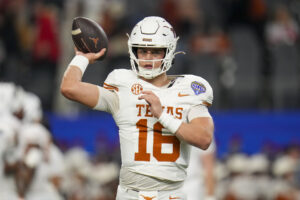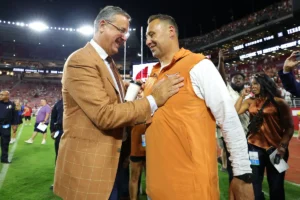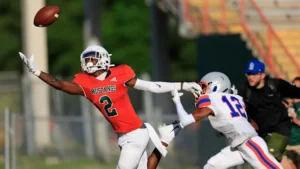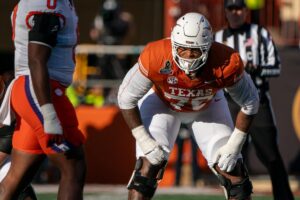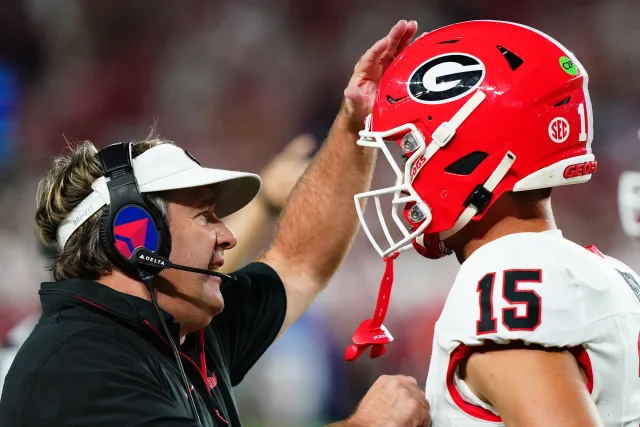
The University of Georgia (UGA) football program has emerged as a model for effective and strategic Name, Image, and Likeness (NIL) spending in college athletics. While some programs have adopted aggressive financial approaches to attract top talent, UGA’s success lies in its judicious and calculated use of NIL resources, ensuring sustainable growth and maintaining a competitive edge.
The Genesis of UGA’s NIL Strategy
In response to the NCAA’s 2021 decision to allow student-athletes to profit from their NIL, UGA swiftly established the Classic City Collective. This initiative aimed to connect athletes with local businesses and supporters, facilitating endorsement deals that benefit both parties. The collective operates transparently, with athletes retaining all earnings from their deals, provided they adhere to UGA’s policy against unauthorized use of the school’s intellectual property.
Financial Overview: Smart Investments Yield Results
UGA’s approach to NIL spending is characterized by strategic investments rather than lavish expenditures. In 2024, Everett Sports Marketing (ESM) facilitated $4.3 million in NIL deals for Georgia football players, including prominent figures like quarterback Carson Beck, cornerback Malaki Starks, and tight end Oscar Delp. These deals encompass partnerships with major brands such as EA Sports College Football, Airstar Charter, and Beats by Dre, underscoring the program’s ability to attract high-profile endorsements.
Despite these significant figures, UGA’s overall NIL collective funding stands at $18.3 million, ranking fourth nationally. This positions the Bulldogs as a formidable force in college football, leveraging their financial resources effectively to enhance team performance and player development.
A Balanced Approach: Recruitment and Retention
UGA’s NIL strategy emphasizes both recruitment and retention. Head coach Kirby Smart has highlighted the program’s ability to secure top-tier talent without resorting to excessive spending. For instance, the Bulldogs secured the second-best recruiting class in 2025 without being among the highest NIL spenders, demonstrating the effectiveness of their approach.
Additionally, Smart has pointed out that a significant number of UGA players are benefiting from NIL deals, with 95 players reportedly receiving compensation through the school’s primary collective. This widespread distribution ensures that athletes across various positions and backgrounds have opportunities to capitalize on their NIL rights.
Strategic Partnerships and Community Engagement
UGA’s NIL success is also attributed to its strong community ties and strategic partnerships. Collaborations with local businesses and alumni have created a supportive ecosystem for athletes. For example, partnerships with entities like the Georgia Dairy Alliance have provided athletes with opportunities to engage with local industries, fostering a sense of community and mutual benefit.
These partnerships not only enhance the athletes’ marketability but also contribute to the local economy, creating a symbiotic relationship between the program and its supporters.
Looking Ahead: Sustainability and Growth
As the landscape of college athletics continues to evolve, UGA remains committed to adapting its NIL strategy to ensure long-term success. The program’s focus on sustainable investments, strategic partnerships, and community engagement positions it well for future challenges and opportunities.
By maintaining a balanced approach to NIL spending, UGA sets a precedent for other programs aiming to navigate the complexities of name, image, and likeness rights in college sports. The Bulldogs’ success underscores the importance of strategic planning, community involvement, and prudent financial management in achieving excellence both on and off the field.
In conclusion, UGA football’s approach to NIL spending exemplifies a model of strategic investment and community engagement. By focusing on sustainable growth and leveraging its resources effectively, the program has positioned itself as a leader in the evolving landscape of college athletics.

